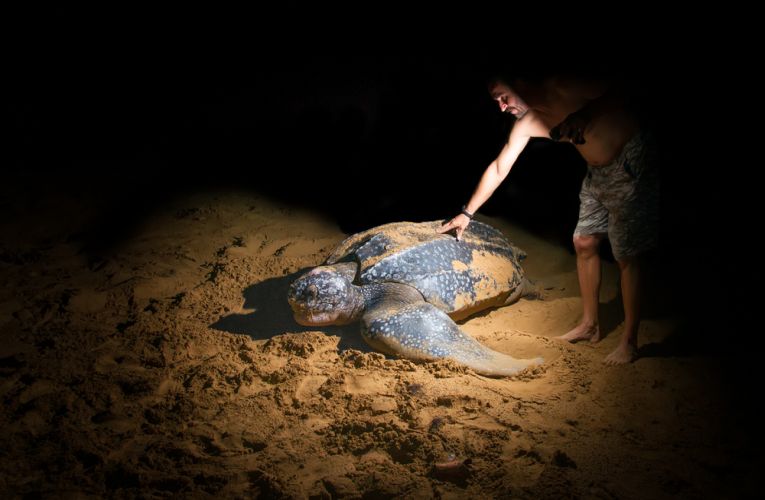The International Union for the Conservation of Nature has reached that time of year when it pronounces its verdicts, based on superb research and deep knowledge, although mistakes can be made. First the improvement: we have more creatures of some species surviving and coming off the more critical lists of the IUCN, the world leader on deciding who is and who isn’t surviving.
The black-browed albatross, Thalassarrche melanophrys
ENDANGERED to NEAR THREATENED
Similarly, the back-footed albatross,Phoebastria, nigripes, moves up.
VULNERABLE to NEAR THREATENED
Both are still threatened from fishermen’s bycatch.
The island fox of California, Urocyon littoralis shifts up a gear from
VULNERABLE to NEAR THREATENED
With help from National Park policies that remove golden eagles!
Leatherbacks, possibly the oldest turtles, having outlasted the dinosaurs by 70 million years. Dermochelys coriacea have 7 populations, of which the NW Atlantic crew are surviving best. The good news doesn’t extend to the 2 Pacific populations, whose eggs are still being heavily harvested, among other depredations. Much more conservation work is needed to prevent these long-lived giant marvels from slowly dying out. The overall species outlook moved from
CRITICALLY ENDANGERED to VULNERABLE
Staying with the bad news, many birds have been found losing population.
Of the 200 now at high risk, the white-winged flufftail, Sarothrura ayresi, from Central and Southern Africa has lost its habitat, which for many such shy birds can mean the end. One further example of the many is the white cockatoo, Cacatua alba from Indonesia. In all, 200 birdspecies
move to CRITICALLY ENDANGERED.
The okapi, Okapia johnstoni is one of the saddest cases, partly owing to its war-zone habitat, moving into the category of
ENDANGERED.
21,286 animal species are threatened with extinction, according to the up-to-date assessment. And the sad verdict? Jane Smart, Global Director, IUCN Biodiversity Conservation Group puts it all on the line. “The overall message remains bleak. With each update, whilst we see some species improving in status, there is a significantly larger number of species appearing in the threatened categories. The world must urgently scale up efforts to avert this devastating trend.”










